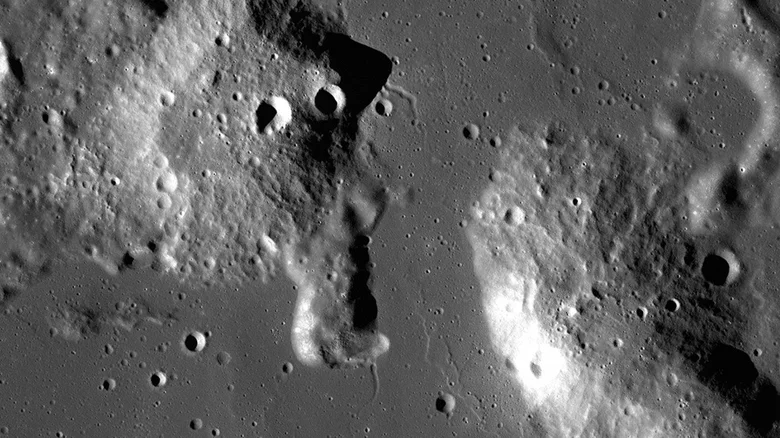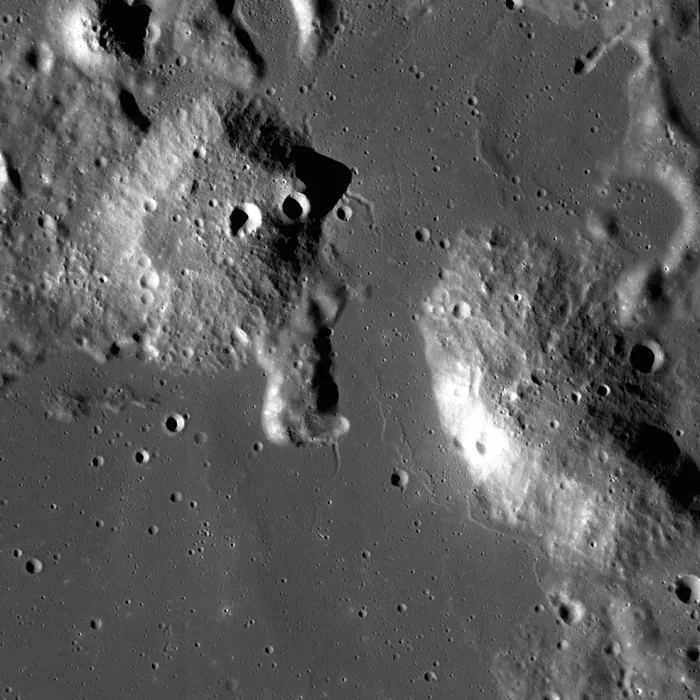In 2017, nearly 50 years after the last manned moon landing mission (part of Apollo 17), NASA announced the launch of its Artemis program. The goal of this plan is a multi pronged approach. In the short term, it aims to revitalize the US space program by resuming manned missions to the moon. In the long run, artemis program will be able to further explore the moon for scientific purposes, thus laying the foundation for establishing a long-term sustainable human base on the lunar surface

In addition to helping NASA prepare for manned missions to Mars in the distant future, the Artemis program will also involve multiple lunar science missions. The goal of these missions is to uncover the mysteries of the moon's surface, which still haunt scientists.
One mysterious aspect of the moon involves gruithuisen homes - named after Franz von gruithuisen, a scientist in Bavaria (now Germany) in the 19th century. Gruithuisen believes that the moon is habitable. Since these lunar features were first discovered two centuries ago, their origin has been a mystery.
The mystery of the formation of these domes has been so confusing that NASA has just announced that it will send a probe to the moon to study these domes. Now let's try to understand why this mission is so important and how NASA intends to use its probes to solve a long-standing mystery.
NASA calls gruithuisen domes a "geological mystery", which is reasonable. Previous studies have shown that the composition of these domes -- made up of silica rich magma -- is completely different from what constitutes the rest of the surrounding terrain, which is based on basaltic magma.

The key difference between these two types of materials is that although silica based magma is more viscous and does not flow rapidly, basalt magma is thin and flowing. It is precisely because of the viscosity of silicon-based lava that it first prevented the flow of lava and formed these domes on the surface of the moon.
However, what makes siliceous magma on the moon puzzling is that this type of magma usually requires water and plate tectonics to form. At present, the moon has neither water nor any form of plate tectonics, which is known. Therefore, a big problem that has puzzled lunar geologists for a long time is the mystery of the origin of these features of the lunar surface without these basic components.
The Artemis mission also includes sending unmanned probes and rovers to study and collect samples of the lunar surface. In order to solve the long-standing mystery surrounding gruithuisen homes, the agency has designed a special detector, which will become part of five instrument kits. NASA called the study the lunar-vise survey.
NASA's current plan is to put these instruments on the surface of the moon by 2025. The probe dedicated to the study of gruithuisen domes will be installed on a mobile Rover that will climb to the top of one of the domes and collect samples from there. NASA expects this process to take a total of ten Earth days. After that, the data collected from the samples will be sent back to earth for further research.
If all this goes according to plan, NASA scientists will be able to conduct the most comprehensive research on gruithuisen homes since it was first discovered nearly two centuries ago, and mankind will be one step closer to solving the mystery.